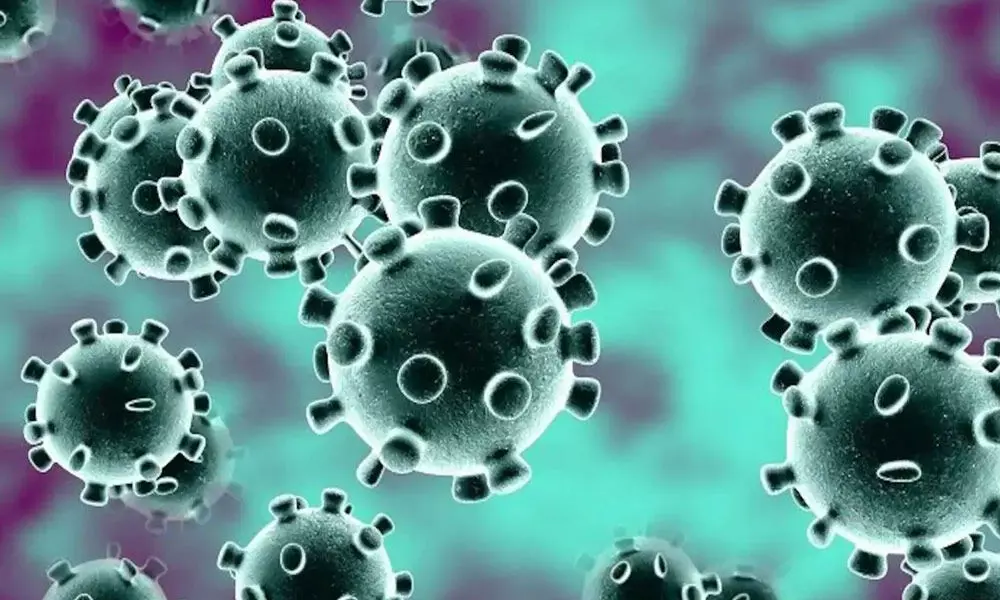Covid-19 is about to become much less deadly
Thanks to the speedy vaccination rollout - the people most likely to contract Covid-19 are among the least likely to die from it
image for illustrative purpose

It can be discouraging to see US Covid-19 cases on the rise again, even as the country makes impressive progress in getting people vaccinated. But here's some more reassuring news: There's good reason to believe that cases won't translate into deaths the way they have in the past.
No doubt, America's reopening could be managed much better. It's still too early, for example, to open up baseball stadiums to full, unmasked crowds, as Texas has done. Too many officials are doing stupid, hazardous things that pretty much guarantee more coronavirus cases, and hence unnecessary deaths.
That said, I'm optimistic. New cases no longer carry the ominous portent they once did, because - thanks to the speedy vaccination rollout - the people most likely to contract Covid-19 are among the least likely to die from it. In other words, I expect deaths to decouple from cases.
Consider one of the most at-risk populations, people over 65. As of March, they accounted for most Covid-19 deaths - about 430,000, compared with just 104,000 for people under 65. Now, though, about 55 per cent of older people are vaccinated, and 75 per cent have received at least one dose - which suggests that about 65 per cent are probably protected from death by Covid. So if the past year of cases were replayed, the US would see 65 per cent - or 280,000 - fewer deaths among the elderly, and the total death count would be cut by more than half.
New cases will probably be even less deadly. For one, the vaccination campaign has targeted the most vulnerable among the elderly - people in nursing homes and other group living arrangements - so the distribution of those who get sick will also be skewed younger and healthier now. Also, younger people - and particularly those with underlying health conditions - have been taking up the vaccine more and more. Given these trends, the mortality rate per confirmed case is likely to be a lot less than half of what it used to be.
Considering that the Christmas surge led to a maximum case count of 250,000 per day and death count of 3,300 per day (a mortality rate of 1.3 per cent), the current case count of 65,000 per day can be expected to lead to something like 320 deaths per day (a mortality rate of 0.5 per cent), declining as vaccination proceeds. That's still not zero, but it's not nearly as bad as what the country has been suffering (we're at 816 per day now).
Granted, it's possible that new cases will appear in places where people haven't been vaccinated. So far, though that's not the case. The correlation of vaccination rates per state with recent seven-day confirmed Covid cases is 40 per cent, meaning that cases are emerging more in states that are also doing more vaccinating.
The greatest remaining danger is among people who have hesitated to get vaccinated, who lack access to vaccines, and who still live with unvaccinated elderly or otherwise vulnerable family members. I'm particularly worried about places such as Macomb County and surrounding counties in Michigan, where the case count and hospitalizations are surging and vaccination rates are not as high as they could be.
Nonetheless, the day will come when the case count will no longer matter much, because cases won't pose much of a threat. I think that day is coming soon. (Bloomberg)
Cathy O'Neil

